I’m not going to lie. I’ve been on so many detox cleanses. From the Master Lemonade Cleanse (that was a horribly rough time period) to no-chew diets.
That being said, juice cleanses are (in general) incredibly unhealthy and just a marketing scam.
I never felt weaker than when I did the lemonade cleanse, I lost 15 pounds (which I didn’t need to lose to begin with), and I couldn’t work out at all because I had no fuel. Granted, this was probably because the only thing I was allowed to consume was a mixture of maple syrup, lemon juice, and water.
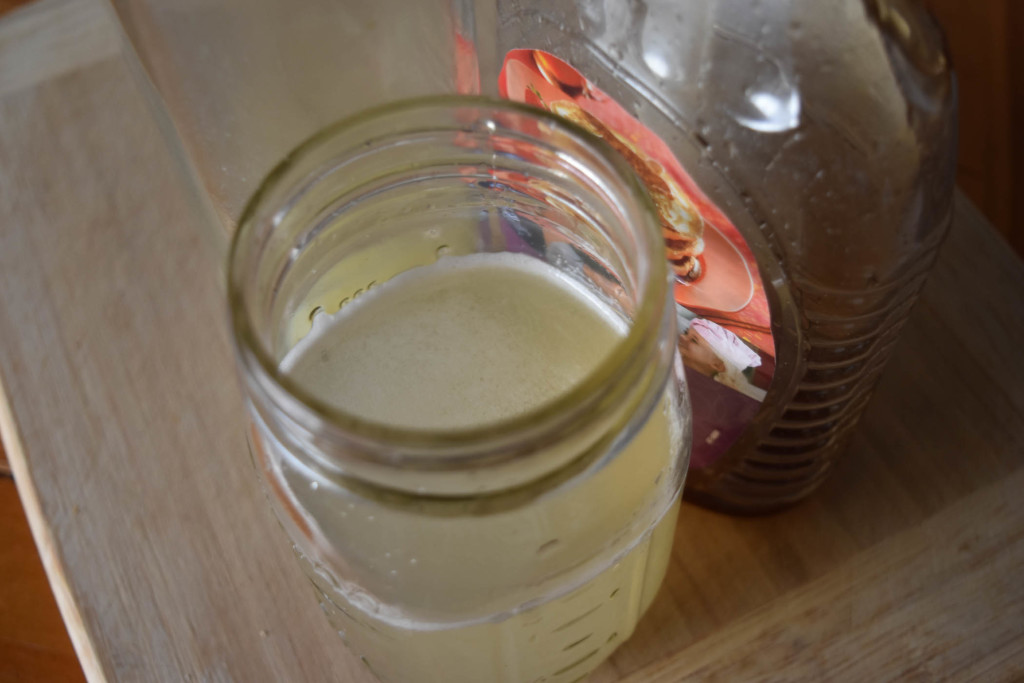
Photo by Susanna Mostaghim
Detoxing, however, is not about juice. It’s about removing toxins from the human body that you wouldn’t normally process because they’re fat-soluble and stored by the body instead of being given an express trip out of your system. Your body is already in detox mode. All the time.
The purpose of a detox diet is not to induce the process of detoxification but to enhance it. This can be done by intentionally eating foods which provide raw materials needed by the liver while not eating foods that contain added processed toxins. That organic, clean-eating diet doesn’t sound so bad now does it?
You can put yourself through stages of detox, or you can just adhere to some guidelines that allow your body to detox at an increased rate. Here are our Spoon-approved guidelines to detox without having to suffer through a juice cleanse:
Have a proper eating regimen

Photo by Bernard Wen
A big problem with detox is many people don’t pay attention to their bodies. Make sure you eat on a regular schedule, that you eat enough, and that you eat slowly. These are all key; and when combined with listening to your body, you can make big changes.
You have to eat on a regular schedule; and while I understand as a college student you may not have that ability it’s important to do so anyway. Having steady meal timing helps your body regulate your appetite, blood sugar, insulin levels, and digestive system.
The suggested time is to not let more than four hours go by between meals or snacks. Which is super hard, I know – I have seven straight hours of class and other responsibilities some days – but just pack some snacks with you to take to class on the longer days.
Drink properly
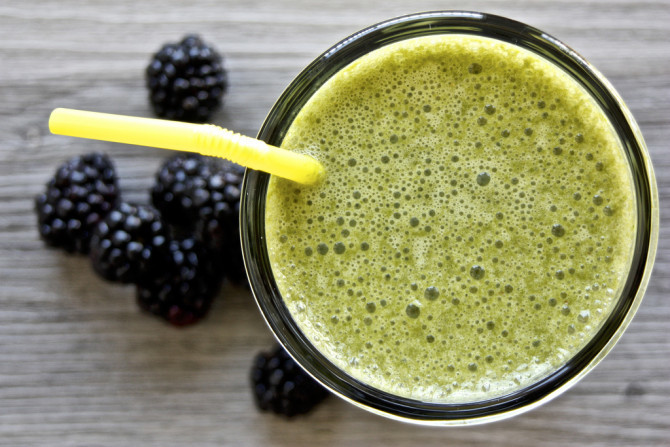
Photo by Christin Urso
Now, don’t go thinking that this means go and drink your days worth of calories via alcohol. That is the complete opposite of what we’re trying to do here.
You want to be careful with caffeine. This is a big thing to ask, but too much caffeine will make you jittery and interfere with your sleep. Switch out your coffee for tea and quit the sodas. They’re bad for you anyway, too much high fructose corn syrup and are practically poison. Seriously, I’m surprised Warren Buffett hasn’t died yet with the amount of Coke he drinks.
When you go out drinking, avoid colorful mixed drinks as well as drinking in excess. Drinks with sours, grenadine, maraschino cherries, and the like are full of dyes and preservatives. Which are horrible for your system and prevent you from detoxing.
When drinking wine go for biodynamic and organic wines, which are slightly more pricey – something you might want to get used to when on clean eating diet. But I’ve had biodynamic wines before and they’re pretty damn great.
Aim for drinking half your weight in ounces of purified water every day – I generally choose to drink about 64 oz during my clean eating phases and detox weeks. Add fresh lemon to help your body rehydrate.
Stick to clean foods
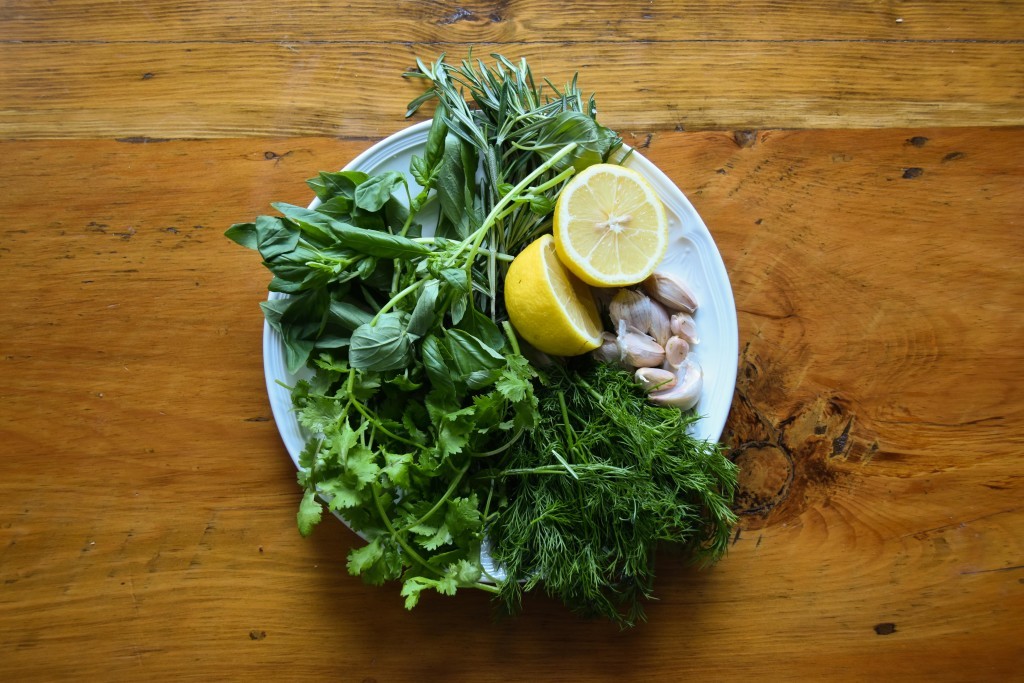
Photo by Irvin Mai
A lot of thought goes into eating “right.” You’re going to want to avoid processed and inflammation-causing foods. So, there’s several different guidelines you should adhere to when entering a detox using clean foods.
Clean food is a bit difficult to pinpoint. But you won’t feel the effects of detox if you cheat and eat packaged, processed food. Stick to unprocessed and organic foods in order to rid your body of toxins. This means cutting your sugar intake and cooking your food (seasonings will become your best friend).
Refined grains lose much of their nutrients, flavor, fiber, and natural oils during the refinement process. This spells trouble for a clean eater in detox. Try out ancient grain varieties — make sure to eat a bunch of different ones – and cook them from scratch. I personally like amaranth and buckwheat, but I’m also partial to anything like rice and quinoa.
Avoid inflammatory foods and replace them with all sorts of green food (so exciting I know) to boost the vitamins, nutrients, and antioxidants that you consume in your diet. The chlorophyll helps detox your liver and rid the body of harmful environmental toxins.
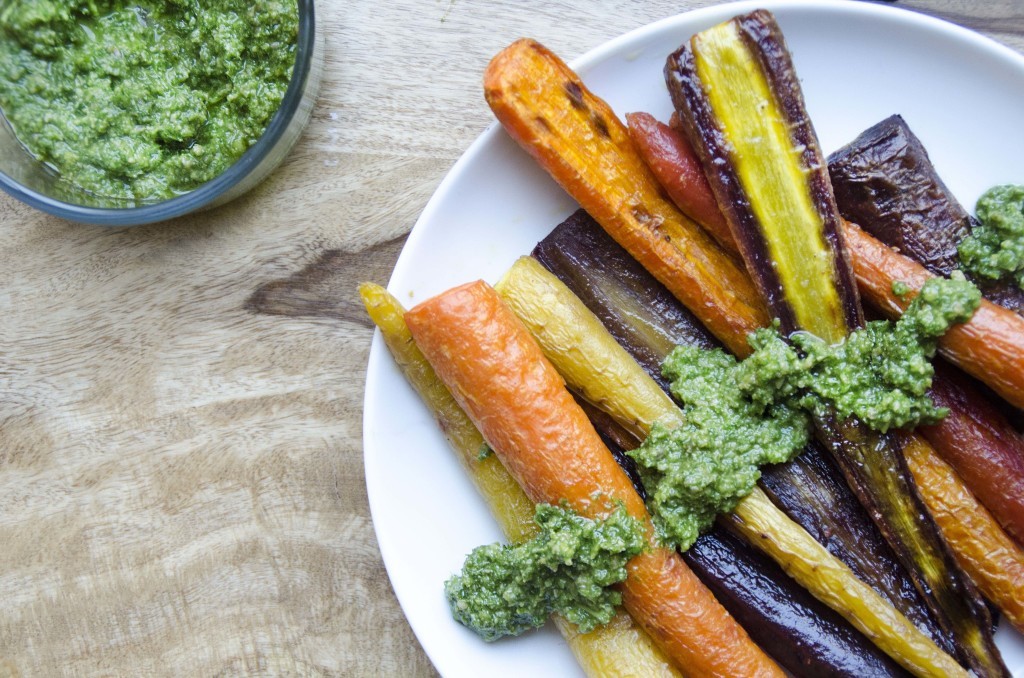
Photo by Becky Hughes
And while it sounds obvious, eat less sweet fruit. The great thing about this is that fruit is known for being great for your blood sugar and the fiber to cleanse your system. Eating fruits also is a great way to cure your sweet tooth so you won’t cheat on your detox.
A great addition to fruit and veggies is seaweed, it’s full of flavor and minerals. In addition, it can also be used as a healthy salt replacement. Popular seaweeds are commonly available — nori (you know, the black outer layer of sushi) among them.
Don’t fear fat either though, it’s actually good for you if it’s natural. Lots of oils actually contain omega-3 fatty acids which are important in reducing inflammation. You can incorporate “super foods” which range from berries to salmon (try eating nigiri sans soy – it’s a great option for clean eating).
Eat fermented food. Raw fermented foods like kimchi are high in good bacteria and a great source of B vitamins. Don’t get pasteurized kimchi or any other fermented food because it kills the life and reduces the nutrients.
Pick your proteins wisely
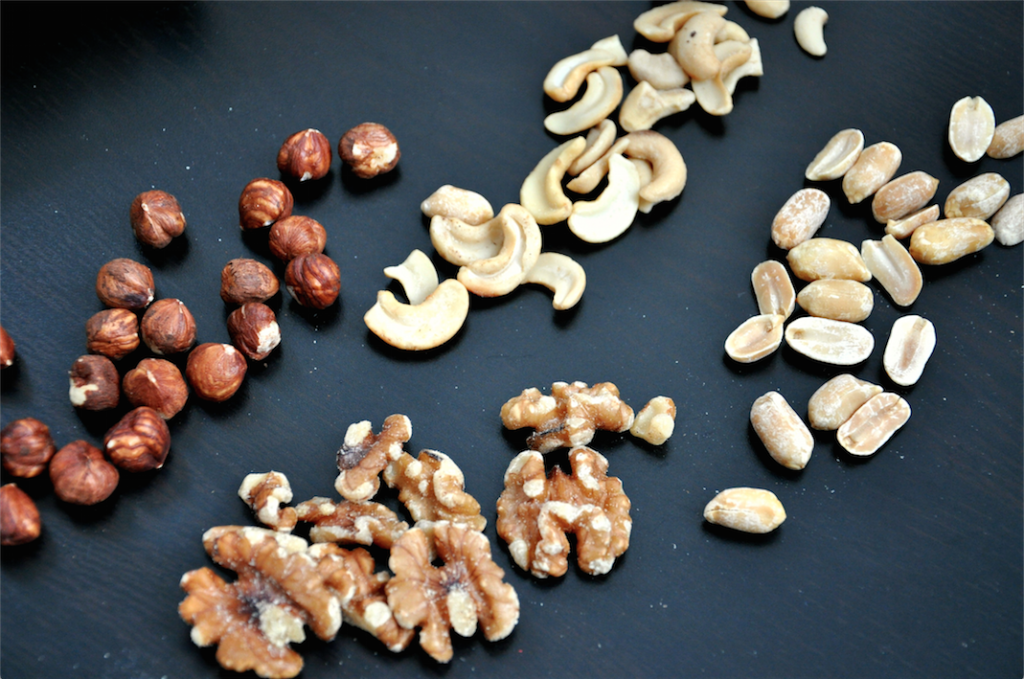
Photo by Caitlin Shoemaker
Now, clean eating might be a bit difficult for you gym rats out there. There’s really no such thing as a “clean” protein powder – I know, it sucks. I personally use Ograin Organic Protein Powder made from organic brown rice, chia, hemp and pea protein. I don’t have to deal with soy or whey and I get the bonus of extra fiber being added to my diet.
Try your best to get ethically raised meats. Many animals raised for meat are pumped with antibiotics, hormones, and fed diets that fatten them up for consumption. Skip the conventional products and opt for meats with the USDA Organic label. Nothing beats free-range and pasture-raised.
Since there’s no such thing as organic fish, opt for wild fish in most cases. Farmed fish have worse environments in some cases due to contaminants not in the fishes natural environment. Some fish – like tilapia – are fine, make sure to check out if the fish is safe.
Cow’s milk causes bloating, so it’s recommended to drink unsweetened, organic dairy products because, like meat, healthier animals produce healthier food. If you’re going to go the nut milk route, the cleanest nut milk is cashew which you can make yourself by adapting this almond milk recipe.
Take proper care of yourself
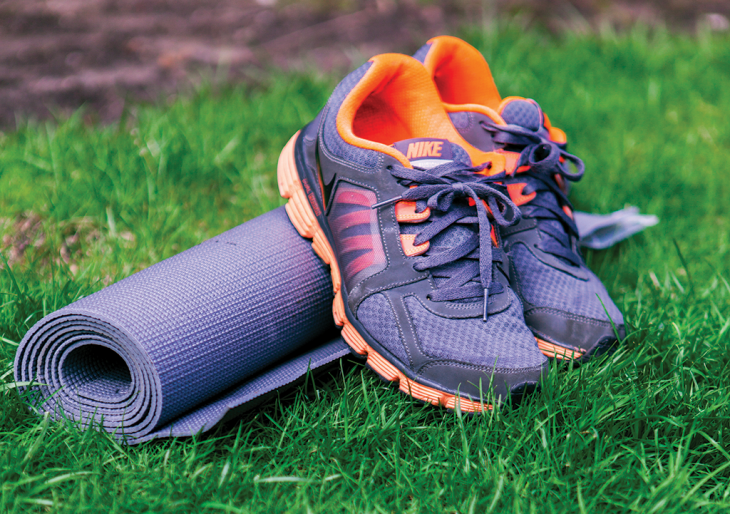
Photo by Danny Schuleman
This relates to the first guideline. You have to listen to your body in order to detox correctly. However, it’s not just about listening to your body about hunger and cleaning up the food that you eat. The other point of detox is to make sure you stay healthy.
Call me a health nut, but I am a firm believer in 6-8 hours of sleep a night. I can barely function without it. You should always try to get an average of 8 hours a night, but you might not be able to. However, you do need to remember you can’t make it up the next night. Our bodies require several days to recoup the hours of sleep you missed.
Make sure you work out too. Get your sweat on. Your body deteriorates the less active you are – trust me, I know. I went from working out 3-5 days a week all year to not even being able to run. The effects were subtle, but increasingly obvious over time.
However, you should remember to pay attention to yourself outside your body. Your mind and soul need attention too, so don’t neglect them during your detox.
Happy clean eating. You’re gonna feel so much better.


